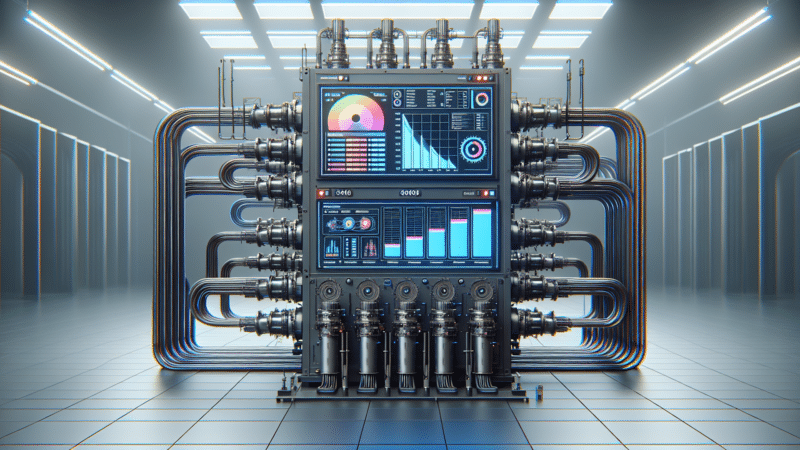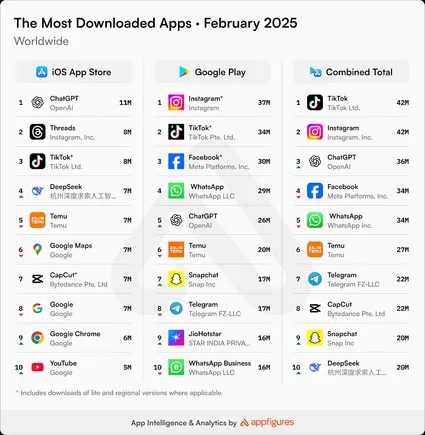
Future Uses for Spatial Computing Technology
Spatial computing technology is an extremely influential technology that will change the way that humans see, hear, and touch their surroundings. It allows people to interact with 3D data to create a virtual simulation of the world, whether it is completely computer generated with virtual reality (VR) or overlaid with digital aspects, as found with augmented reality (AR). While spatial computing is still in its infancy, it will only continue to grow more complex in the future and perhaps someday be completely indistinguishable from true reality.
There are a lot of future uses for this technology in a myriad of sectors of society. Experts are anticipating a complete restructuring of the way that we work, educate, and entertain ourselves with the help of augmented reality. For example, workplaces may become completely digitized as holographic calls and desk-less workspaces become the new norm. This will enable companies to become globalized as workers operating in completely different physical locations are able to collaborate on the same projects in a virtual landscape. Instant translations on calls will remove any language barriers that might currently be restrictive.
Our entertainment will also reflect the wondrous advantages of this technology. Gaming metaverses will become commonplace, where thousands of gamers will be able to interact within an entire virtual world. Users will be able to customize their avatars to their own personal preferences by changing their clothing. The gaming experience will be completely immersive through spatial audio, haptics technology, and goggles that completely limit their view to the computer-generated images of the game.








































































